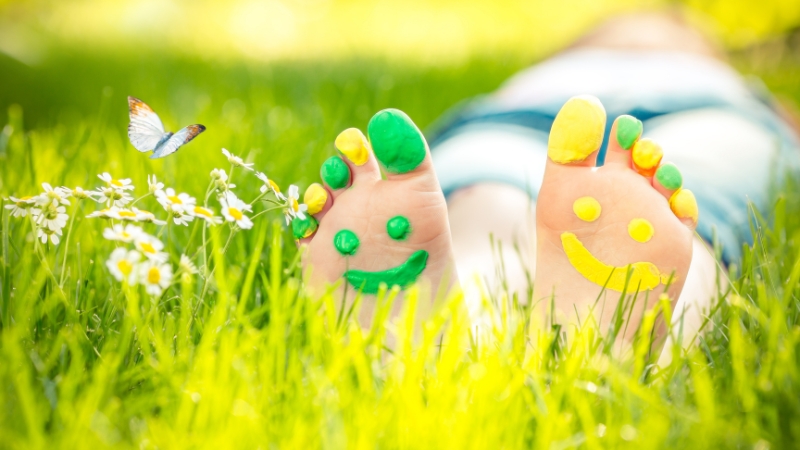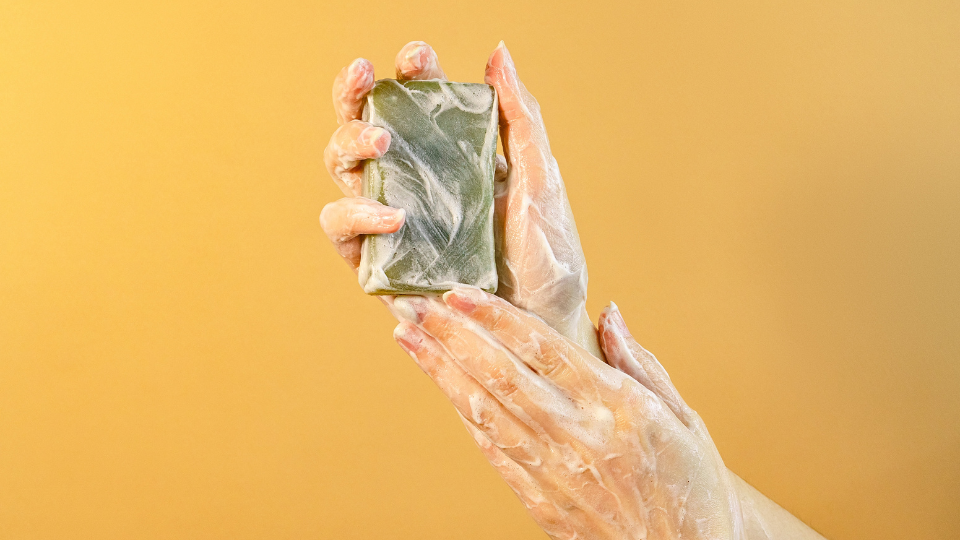Your feet are more than just the foundation of your body—they’re also a window into your overall health. While many people only start paying attention to their feet when discomfort or pain arises, podiatrists often use the condition of your feet to detect signs of serious health issues. From circulatory problems to nutrient deficiencies, your feet can reveal more than you might expect.
Unfortunately, most of us overlook foot care until something feels wrong. By the time symptoms surface, the issue may already be advanced. That’s why it’s important to understand what your feet might be trying to tell you.
1. When Cramps Are a Red Flag
Foot cramps, sometimes referred to as charley horses, happen when the muscles in your feet or legs contract suddenly. These can appear as a single spasm or as a wave of repeated cramping that lasts for several minutes. In many cases, foot cramps result from exercise or dehydration and can be quickly resolved by hydrating and resting.
However, if foot cramps occur frequently and without an obvious trigger, they could indicate a deficiency in essential minerals such as calcium, potassium, or magnesium. Persistent cramping should not be dismissed, as your body could be signaling an underlying imbalance.
2. Sores That Won’t Heal
A small cut or blister that refuses to heal—especially on the bottom of the foot—can be a sign of diabetes. Elevated blood sugar can cause nerve damage in the feet, making it hard to notice pain from cuts or scrapes. This lack of sensation often allows wounds to go untreated, increasing the risk of infection or ulcers.
Some individuals, particularly those with mobility limitations, may not regularly check the bottoms of their feet. A handheld mirror can help in these cases. Any wound that lingers, especially without obvious cause, should prompt an immediate visit to a doctor—even if other symptoms of diabetes, such as increased thirst or frequent urination, are not present.
3. Constantly Cold Feet
If your feet are always cold, it may be more than just the weather. Cold feet are sometimes linked to an underactive thyroid, particularly in women, or can be a symptom of poor blood circulation in both men and women.
While warm socks or slippers might offer temporary relief, persistently cold feet could point to a more serious condition. If the problem continues despite efforts to stay warm, a medical consultation is recommended to investigate potential thyroid or vascular issues.
4. Numbness and Tingling
A persistent sensation of numbness or a tingling feeling like “pins and needles” in both feet is not something to ignore. These symptoms could be the result of peripheral neuropathy—damage to the peripheral nervous system. Diabetes is one of the most common causes of this condition, which affects the nerves that carry messages between your body and brain.
If these sensations occur regularly or worsen over time, it’s important to get evaluated for nerve health and blood sugar levels. Early diagnosis can help prevent further nerve damage and manage the underlying condition.
5. Joint Pain in the Toes
If the joints in your toes frequently ache or appear swollen, this could indicate early signs of rheumatoid arthritis or another degenerative joint disease. These conditions often begin in smaller joints before progressing to larger ones in the body.
Joint pain in the feet is not uncommon, especially with age, but chronic inflammation and swelling deserve attention. Timely diagnosis can lead to better management and improved mobility in the long run.
6. Discolored Toes in Cold Weather
Toes that change color in response to cold—turning white, then blue, and finally red—may be a symptom of Raynaud’s disease. This condition affects blood flow to certain parts of the body, typically fingers and toes, in reaction to cold or stress.
Although Raynaud’s may be harmless for some, in others it could be linked to more serious autoimmune diseases. If you experience these changes often, especially in moderate temperatures, a medical evaluation is necessary to rule out more complex issues.
7. Caring for Your Feet
Maintaining foot health doesn’t require elaborate routines, but it does demand consistency. Washing and moisturizing your feet regularly can help prevent common problems like dryness, bacteria buildup, and fungal infections. Wearing clean socks every day and rotating between different pairs of shoes can prevent excessive moisture and improve hygiene.
Comfortable footwear with proper arch support is also essential for preventing strain and structural issues. Footwear choices affect posture and can either help or harm the entire musculoskeletal system. Lastly, don’t delay seeking medical help if you experience unusual symptoms in your feet. Addressing problems early can prevent more serious complications down the line.
Listen to What Your Feet Are Saying
Your feet carry you through life—literally. They’re also among the first parts of your body to show signs of hidden health concerns. Paying attention to the signals your feet send can lead to earlier diagnoses and better health outcomes. Whether it’s a lingering sore, frequent cramping, or persistent numbness, don’t ignore the signs. Your feet might be telling you something your body needs you to hear.











